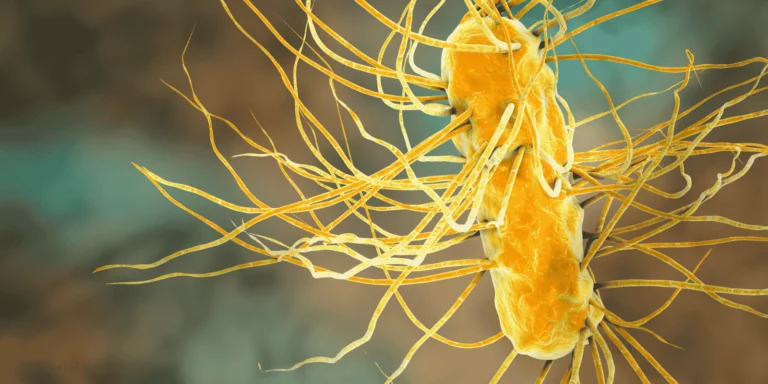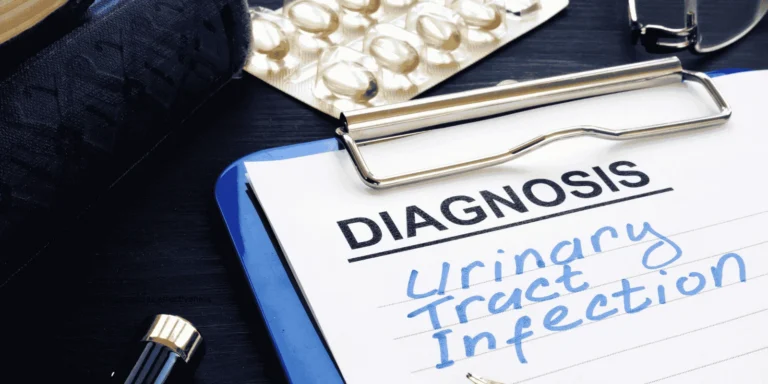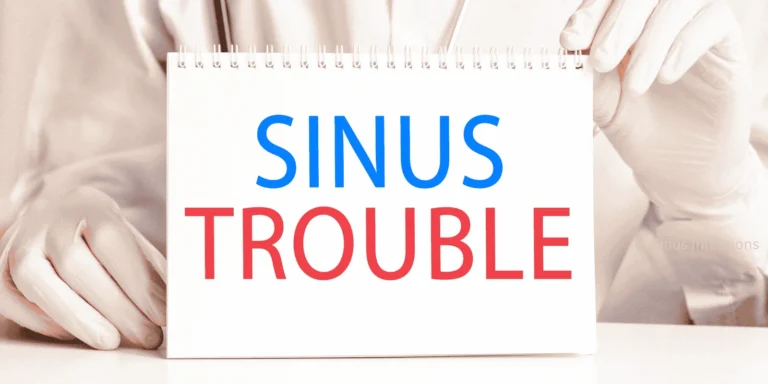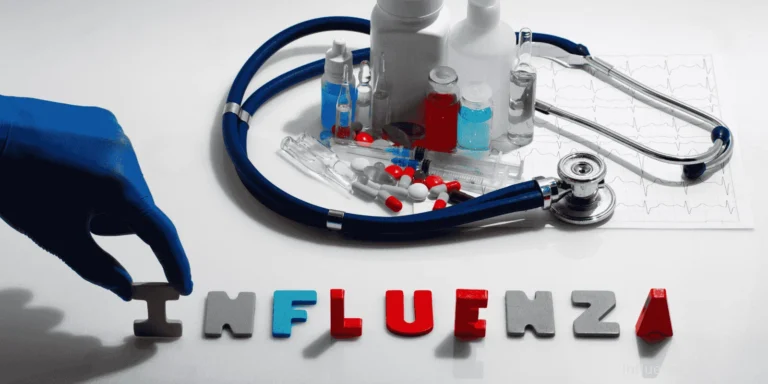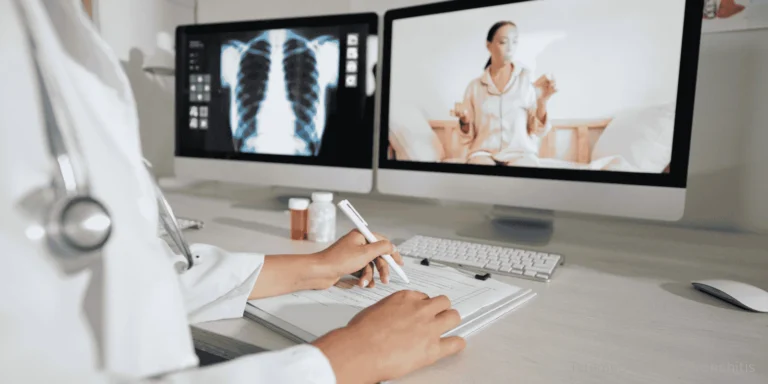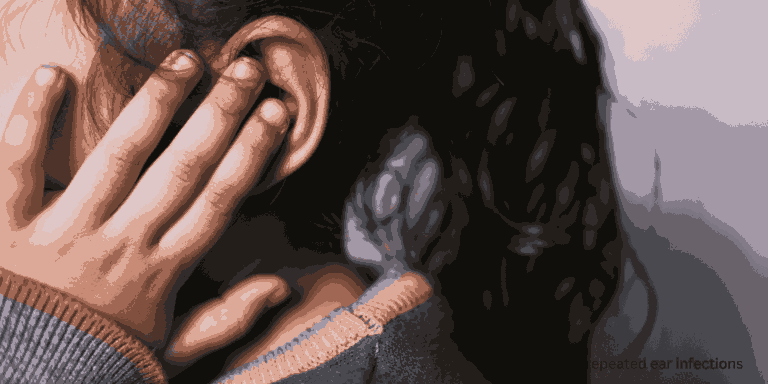“I thought this was just a pimple, but it’s gotten huge and really painful,” my patient said, pointing to an angry red lump on his neck. “Should I be worried?”
What starts as a small bump can quickly become a serious infection requiring immediate medical attention. Knowing when skin lumps signal deeper problems can prevent dangerous complications.
How Boils Develop
Hair follicle infection typically starts the process when bacteria (usually staphylococcus) enter through tiny breaks in the skin around hair roots.
Initial inflammation creates a small, red, tender bump that many people mistake for a large pimple or insect bite.
Bacterial multiplication occurs as the body’s immune response walls off the infection, creating a pus-filled cavity beneath the skin.
Progressive enlargement happens over days to weeks as more bacteria multiply and the body continues fighting the infection.
Warning Signs of Serious Infection
Rapid growth from small bump to large, painful lump over 24-48 hours indicates aggressive bacterial infection.
Increasing pain that becomes throbbing or severe suggests deepening infection that may require drainage.
Red streaking from the lump toward the heart shows lymphatic spread — this is a medical emergency requiring immediate treatment.
Fever accompanying skin lumps indicates systemic infection that could progress to sepsis without prompt treatment.
Size and Location Matter
Large boils (over 1 inch diameter) are more likely to require surgical drainage rather than resolving with antibiotic treatment alone.
Face and neck locations pose higher complication risks due to rich blood supply that can spread infection to dangerous areas.
Groin and armpit lesions may involve lymph nodes and require more aggressive treatment approaches.
Multiple boils suggest either MRSA infection or underlying conditions like diabetes that impair immune function.
Dangerous Complications
Cellulitis develops when infection spreads into surrounding skin and soft tissue, creating expanding areas of redness and swelling.
Sepsis can occur when bacteria enter the bloodstream and trigger body-wide inflammatory responses that can be fatal.
Deep tissue involvement may affect muscles, bones, or internal organs if infection continues spreading without treatment.
Scarring is more likely with larger boils or those that require surgical drainage.
When Home Treatment Fails
Hot compresses may help small boils come to a head and drain naturally, but this approach has limits.
Never squeeze or attempt to pop boils, as this can push infection deeper and spread bacteria to surrounding tissue.
Topical antibiotics have limited effectiveness for established boils since they can’t penetrate deep enough to reach the infection.
Pain that worsens despite home treatment suggests the need for professional medical evaluation.
Risk Factors for Severe Infection
Diabetes impairs immune function and wound healing, making boil complications more likely and more serious.
Immunosuppressive medications reduce the body’s ability to fight bacterial infections effectively.
Previous MRSA infections increase the risk that new boils involve antibiotic-resistant bacteria.
Close contact with others who have skin infections can introduce more aggressive bacterial strains.
Treatment Approaches
Oral antibiotics work for smaller boils, especially when started early in the infection process.
Incision and drainage becomes necessary for larger boils or those that don’t respond to antibiotic treatment.
Culture testing helps identify specific bacteria and guide appropriate antibiotic selection, especially important for recurrent cases.
Wound care after drainage requires proper cleaning and dressing changes to prevent reinfection.
Prevention Strategies
Good hygiene including regular bathing and handwashing reduces bacterial skin colonization.
Avoid sharing personal items like towels, razors, or clothing that can transfer bacteria between people.
Treat minor cuts promptly with cleaning and antibiotic ointment to prevent bacterial entry.
Manage underlying conditions like diabetes that increase infection risk and impair healing.
Emergency Warning Signs
Seek immediate medical care for:
- Boils larger than 2 inches in diameter
- Red streaking from the infection site
- Fever above 101°F with skin infection
- Boils on the face, especially near the eyes or nose
- Multiple boils appearing simultaneously
- Signs of spreading cellulitis
Don’t wait if you’re concerned about a skin lump — early intervention prevents complications and often allows for simpler treatment approaches than waiting until infections become severe.
The key is recognizing when a “simple” skin bump represents a deeper infection that needs professional medical attention rather than home remedies.



